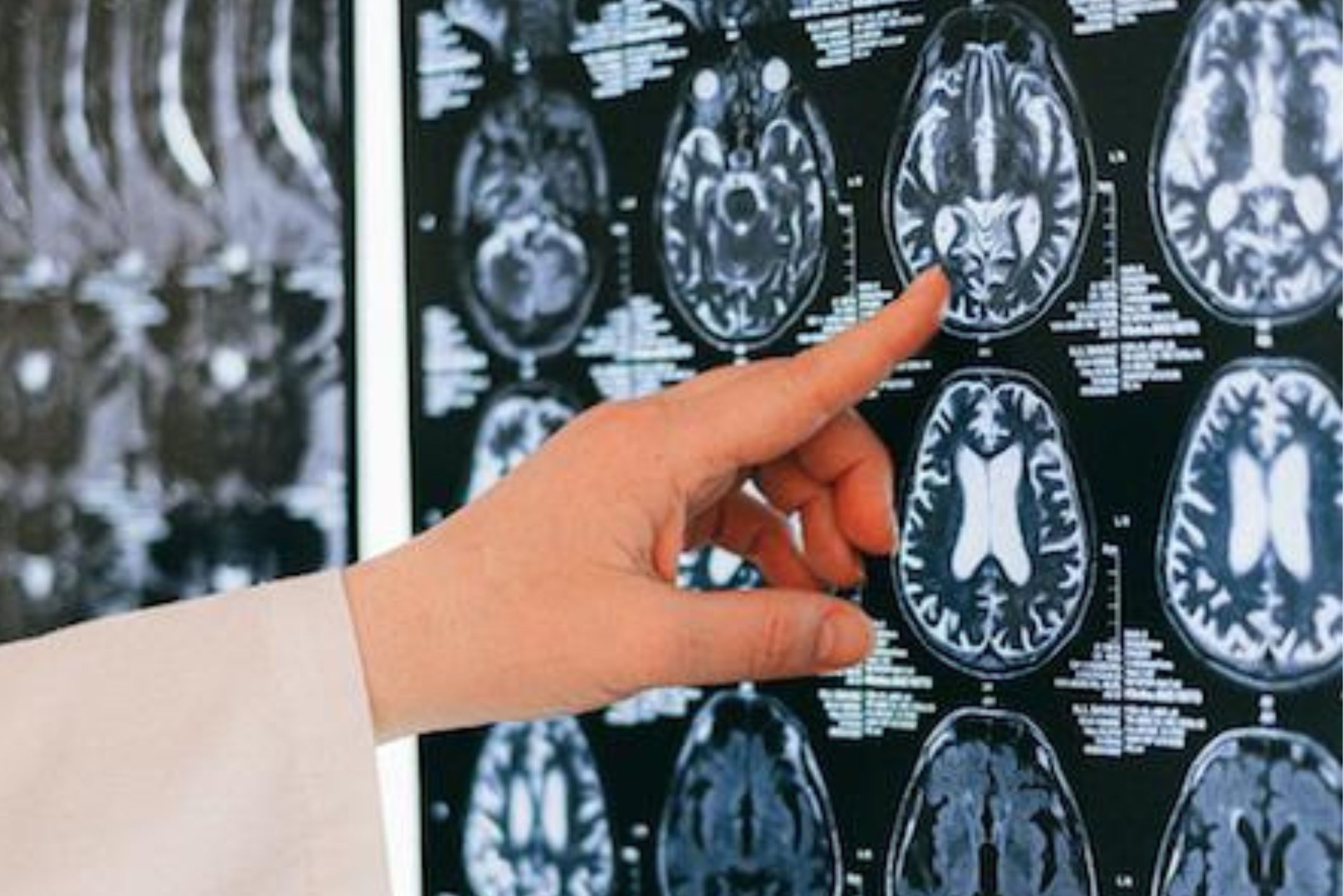

Treatments for brain tumours
Brain tumours will not go away on their own. Some of them will grow very fast and some very slowly, but they will be relentless. Both benign and malignant (cancerous) brain tumours cause problems.
Follow us on Telegram for the latest updates: https://t.me/AsiaMDsg
On the one hand, benign brain tumours can cause serious health complications. They damage the cells around them by causing inflammation and putting increased pressure on nearby tissue inside your skull. This can lead to severe headaches, seizures, drowsiness and loss of vision. On the other hand, cancerous brain tumours can spread and damage brain tissue and the spinal cord.
Patients are advised to seek medical treatment immediately.
Diagnosis of brain tumour
If your doctor suspects that you have a brain tumour, neurological exams and imaging tests will be conducted to establish a diagnosis. A small surgical procedure may be performed to get a biopsy. A neuropathologist will examine a small piece of the tumour to determine if it is cancerous or benign. Sophisticated laboratory tests will help the doctor figure out what type of tumour the patient has, the prognosis, and treatment options.
Tumour treatment options
Most tumours can be removed successfully without serious morbidity and loss of function, but it all depends on the tumour’s location, its aggressiveness, and the treatment options chosen.
Most tumours will need surgery. If it is in an accessible location where it can be easily removed by surgery, the neurosurgeon will remove as much of the tumour as possible. Some brain tumours may not be able to be removed completely if it is located in a sensitive area of the nervous system. However, even removing part of the tumour may ease some of the symptoms felt by the patient. Once the tumours are removed, chemotherapy or radiotherapy may be required to control the tumour bed to reduce the risks of recurrence.
Non-surgical tumour treatments include:
- Chemotherapy. Knowing what type of brain tumour cells the patient has will determine whether chemotherapy will be helpful, and what drugs would work best. For example, lymphomas are treated with chemotherapy.
- Radiation therapy uses high-energy beams to kill tumour cells. Gamma knife radiosurgery can be used to control the growth of small tumours (less than 3cm) such as acoustic neuromas, meningiomas and secondary brain tumours. Gamma knife radiosurgery, Cyberknife radiosurgery and proton beam therapy are some of the newer radiation devices used to target brain tumours effectively.
- Steroids work to reduce symptoms of brain tumours very effectively but cannot be used for the long term. They work by reducing brain swelling and are most useful in acute situations.
- Other oral medications. Prolactinoma is one type of pituitary tumour of the brain which can be successfully treated with oral tablets. The tumour will gradually shrink and no surgery is needed.
Brain tumours that cannot be treated effectively
Some tumours are highly aggressive and will spread to both sides of the brain. Glioblastoma Multiforme is one such example. They spread to give a butterfly appearance involving both sides of the brain, making excision impossible. Even if they are localised to one side, their recurrence rate is very high.
Risks of brain tumour surgery
Risks include general risk of anaesthesia, deep vein thrombosis, chest or urinary tract infection – especially if the patient is bed bound for several days post-surgery.
Risks of brain surgery include damage to vital brain structures like the motor strip (causing weakness), Broca’s speech area (dysphasia or loss of speech), optic nerves (loss of vision), stroke with loss of consciousness, among others. It can also result in epilepsy, infection or abscess formation, and meningitis.
This article has been verified medically by Dr James Tan Siah Heng, consultant neurosurgeon at Surgi-TEN Specialists, Farrer Park Hospital (Singapore).





0 Comments